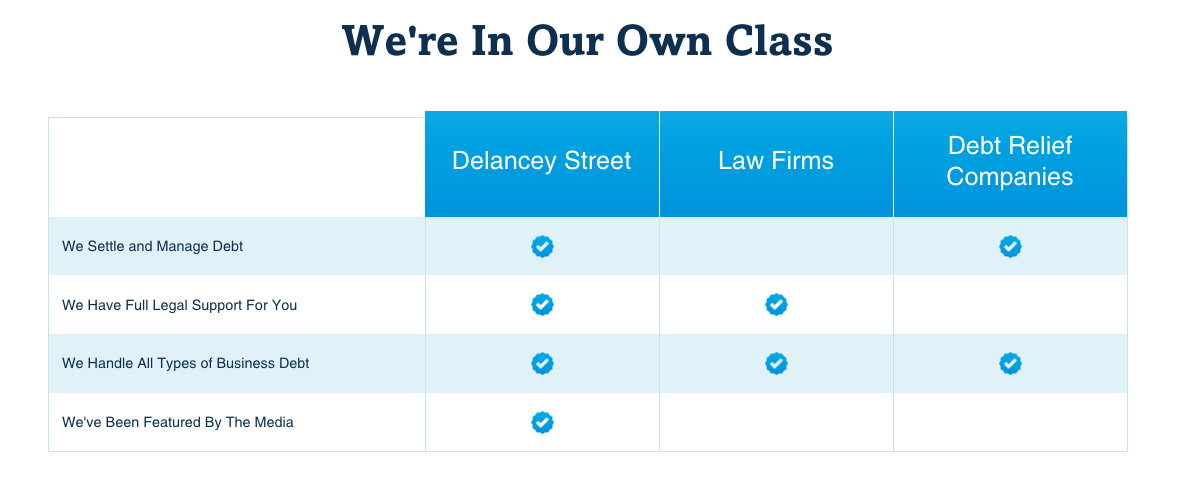Why You Need to Start Saving for College Now
College costs are skyrocketing, and they’re not slowing down anytime soon. The average cost of tuition and fees at a public four-year college has increased by 179% over the last 20 years. That’s more than FOUR TIMES the rate of inflation. If you have young children, the cost of college when they’re ready to enroll could be staggering.But don’t panic! By starting to save early and consistently, you can build a substantial college fund for your child. Even small contributions can add up over time, thanks to the power of compound interest. The key is to get started as soon as possible and make saving a regular habit.Consider this example: If you start saving $100 per month when your child is born, and earn a 6% annual return, you’ll have over $48,000 saved by the time they turn 18. But if you wait until they’re 10 years old to start saving, you’ll only have about $14,000. That’s a huge difference!So don’t delay – start researching your college savings options today. Your future self (and your child) will thank you.
| Age You Start Saving | Monthly Contribution | Total Savings at Age 18 (6% return) |
|---|---|---|
| Birth | $100 | $48,000 |
| 5 years old | $100 | $28,000 |
| 10 years old | $100 | $14,000 |
The Best College Savings Plans
When it comes to saving for college, you have several options. But for most families, a 529 plan is the way to go. These state-sponsored investment accounts offer major tax advantages and flexibility.With a 529 plan, your contributions grow tax-deferred, and withdrawals are tax-free when used for qualified education expenses like tuition, fees, room and board, books, and computers. Many states also offer tax deductions or credits for 529 contributions.Another perk of 529 plans is that you can use the funds at any accredited college or university in the U.S., and even some abroad. So you don’t have to worry about locking yourself into a particular school.Plus, if your child decides not to go to college, you can change the beneficiary to another qualifying family member, like a sibling, cousin, or even yourself. Or you can withdraw the money for other purposes, although you’ll owe income tax and a 10% penalty on the earnings portion.So which 529 plans are the best? Here are our top picks:
 -
-| Plan | Highlights |
|---|---|
| NY’s 529 Program | Low fees, great fund choices |
| Utah my529 | Customizable investments, strong oversight |
| Michigan Education Savings Program | Low minimum, high contribution limit |
Of course, you’ll want to research the specific plans available in your state to see if they offer additional tax benefits. But these national plans are a great place to start.
How Much Should You Save in a 529 Plan?
Now that you know the benefits of 529 plans, you’re probably wondering how much you should aim to save. The answer depends on several factors, like:
- The type of college your child might attend (public vs private, in-state vs out-of-state)
- How much of the cost you want to cover (all of it vs a portion)
- Your timeline until college
- Your risk tolerance and investment returns
A good rule of thumb is to save about one-third of your child’s projected college costs. So if you expect the total 4-year cost to be $200,000, you’d want to save around $66,000.You can use an online college cost calculator to estimate your savings target based on your child’s age and the type of school. Many 529 plans also offer tools to help you set a goal and track your progress.Remember, anything you can save will help reduce your child’s need for student loans. And if you end up with more than you need in the 529 plan, that’s a good problem to have! You can always use the extra funds for grad school or transfer them to another beneficiary.
| Savings Goal | Monthly Contribution from Birth (6% return) |
|---|---|
| $50,000 | $150 |
| $100,000 | $300 |
| $150,000 | $450 |
Other Ways to Save for College
While 529 plans are the most popular college savings vehicle, they’re not the only option. Here are a few alternatives to consider:
 -
-Coverdell Education Savings Account (ESA)
Coverdell ESAs are similar to 529 plans, but with a few key differences:
- Lower contribution limits ($2,000 per year per beneficiary)
- Wider range of investment options
- Can be used for K-12 expenses in addition to college
- Income limits for contributors
Coverdell ESAs can be a good complement to a 529 plan, especially if you want more control over your investments or plan to use the funds for private school tuition.
Roth IRA
While Roth IRAs are designed for retirement savings, they can also be used for college costs. The main advantage is flexibility – you can always withdraw your contributions tax- and penalty-free for any reason.However, Roth IRAs have lower contribution limits than 529 plans ($6,000 per year in 2024), and you’ll miss out on the tax-free growth if you tap the funds early. So it’s generally better to use a Roth IRA for college savings only after maxing out a 529 plan.
UGMA/UTMA Custodial Account
With a UGMA/UTMA account, you can invest money on behalf of a minor child without the restrictions of a 529 plan or ESA. The funds can be used for any purpose that benefits the child, not just education.The downside is that custodial accounts are considered student assets for financial aid purposes, so they may reduce eligibility for need-based aid. And once the child reaches the age of majority (usually 18 or 21), they gain full control of the account.
| Account Type | 2024 Contribution Limit | Qualified Expenses |
|---|---|---|
| 529 Plan | Varies by state | College, K-12, apprenticeships, student loans |
| Coverdell ESA | $2,000 | College, K-12 |
| Roth IRA | $6,000 | Any (but penalties may apply) |
| UGMA/UTMA | None | Any that benefit the child |
Making the Most of Your College Savings
Once you’ve chosen a college savings plan and started contributing regularly, there are a few more steps you can take to maximize your efforts:
 -
-Automate Your Savings
Set up automatic monthly transfers from your checking account to your 529 plan or other savings vehicle. This way, you’ll never forget to make a contribution, and you can take advantage of dollar-cost averaging by investing a fixed amount at regular intervals.
Increase Your Contributions Over Time
As your income grows, try to boost your college savings contributions as well. Even a small increase can make a big difference over the long run.For example, if you start saving $200 per month when your child is born, and increase that amount by just 2% per year, you’ll have over $62,000 saved by age 18 (assuming a 6% return). That’s $14,000 more than if you had kept your contributions flat!
Get Family and Friends Involved
Instead of toys or clothes, ask grandparents and other relatives to consider contributing to your child’s college fund for birthdays and holidays. Many 529 plans make it easy to accept gift contributions online.You could also suggest a 529 plan as an alternative to traditional wedding registry gifts. Some plans even offer gift cards that can be redeemed for account contributions.
 -
-Review Your Plan Regularly
Your college savings strategy shouldn’t be a “set it and forget it” proposition. Review your account statements at least once a year to make sure you’re on track to reach your goals.As your child gets closer to college age, you may want to adjust your investment mix to be more conservative. Most 529 plans offer age-based portfolios that automatically become less risky over time.
| Years Until College | Stock Allocation | Bond Allocation |
|---|---|---|
| 18+ | 80% | 20% |
| 6-18 | 60% | 40% |
Conclusion
Saving for college can seem daunting, but it doesn’t have to be. By starting early, choosing the right savings plan, and staying disciplined, you can give your child a huge head start on their education.Remember, even small contributions can add up over time. The most important thing is to get started and make saving a priority.So take action today! Research the 529 plans available in your state, set a savings goal, and start making regular contributions. Your child’s future self will thank you.For more information on college savings plans and strategies, check out these helpful resources:







